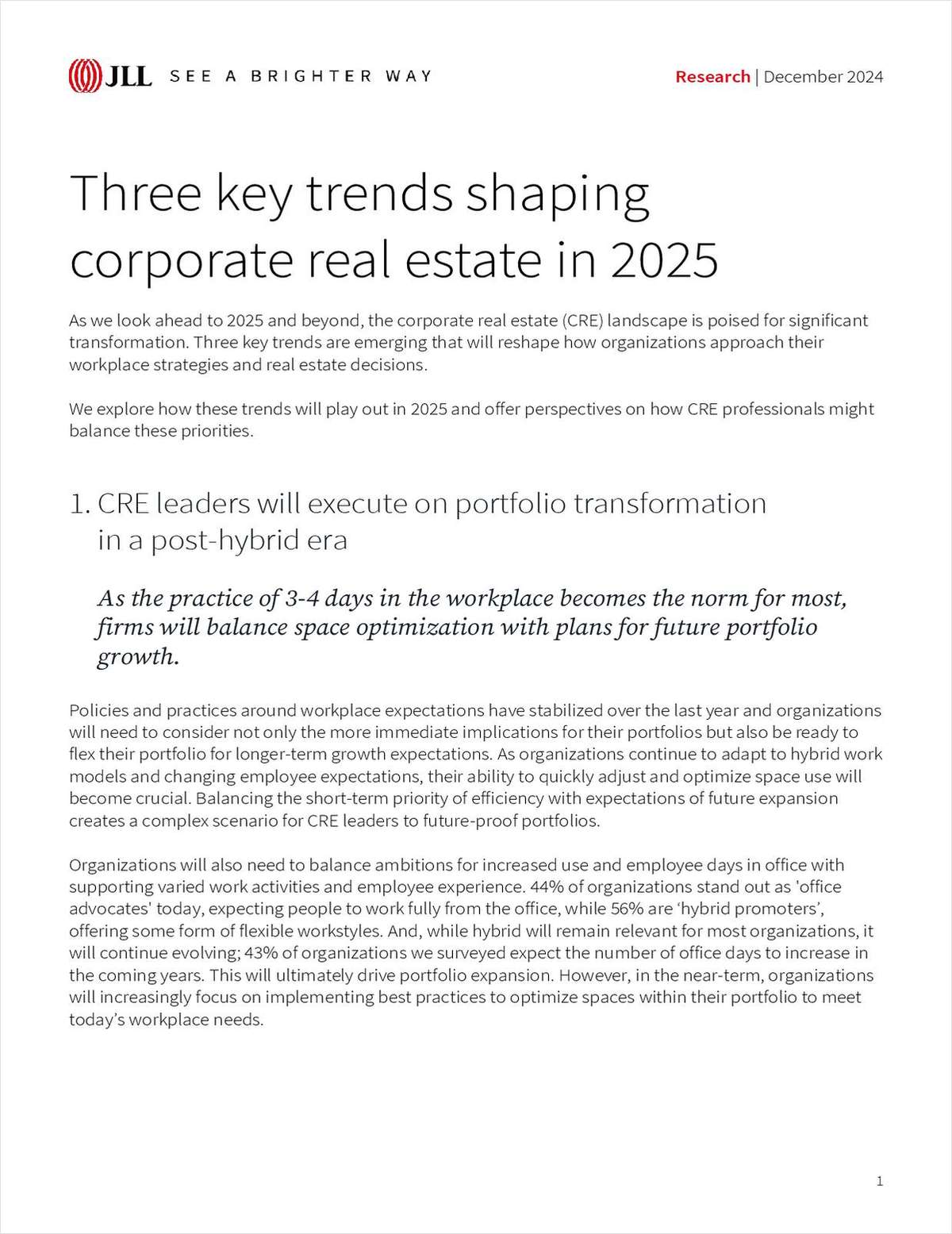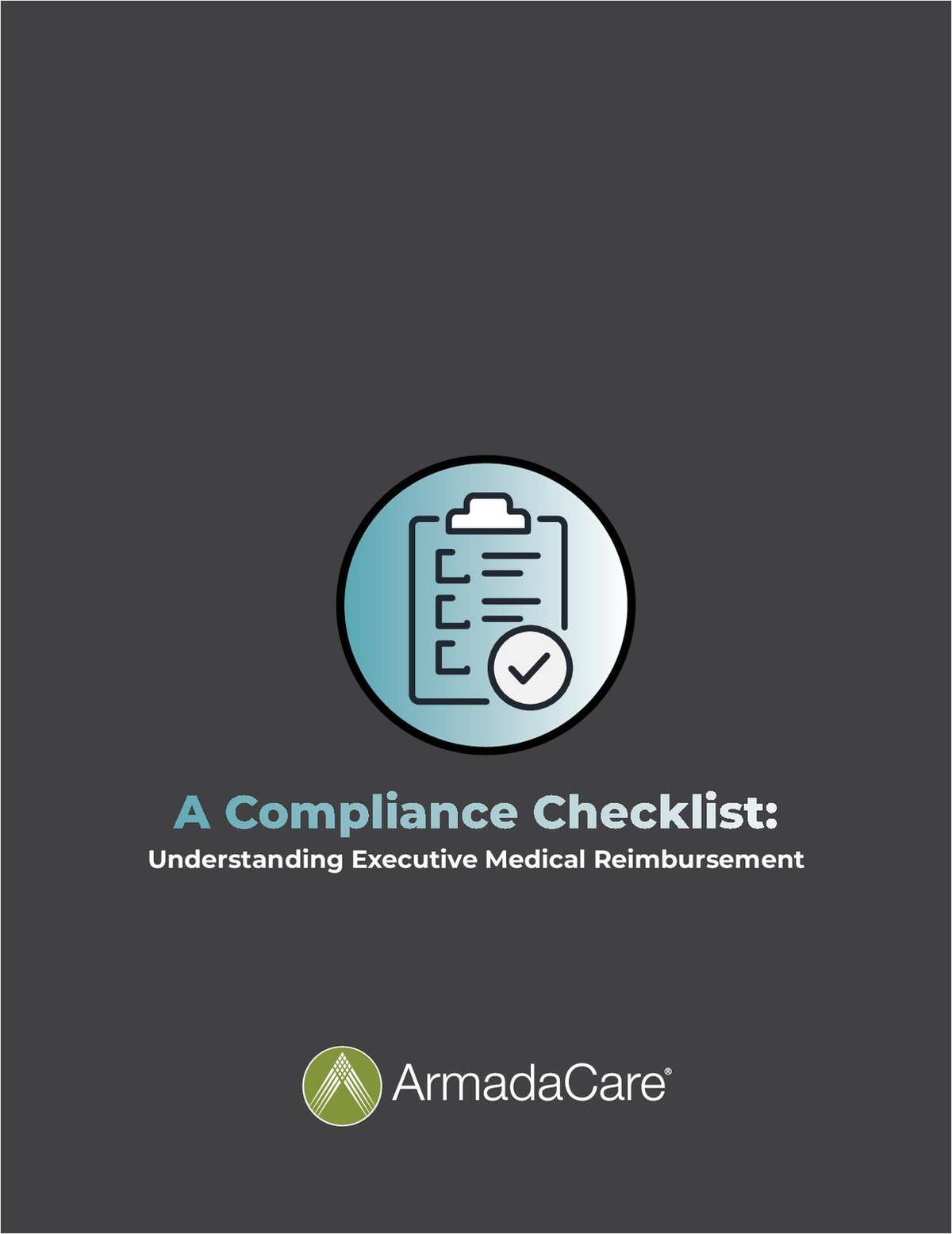As Medical Technologies Reduce Errors, Malpractice Attorneys Must Stay Informed
It is imperative that we not only understand the elements necessary to prosecute or defend a claim of medical malpractice, but that we are also able to identify and apply the specific facts of a case to those elements, proving that each one exists.
April 26, 2018 at 06:30 PM
8 minute read

As attorneys, it is imperative that we not only understand the elements necessary to prosecute or defend a claim of medical malpractice, but that we are also able to identify and apply the specific facts of a case to those elements, proving that each one exists. As individuals who put our own lives, and the lives of our children and loved ones, in the hands of health care providers, and as attorneys who have a duty to represent our clients to the best of our ability, it's important that we understand the general standard of care one should expect from a health care provider, and also be able to identify specific laws that may govern the state, county, or even city where an incident occurs.
In Savage v. Three Rivers Medical Center, 390 S.W.3d 104 (2012), the plaintiff underwent a hysterectomy. Viewing the operation as a standard medical procedure, she likely never anticipated the physical, mental and emotional turmoil that would unfold over the course of the following decade. In the years following her surgery, Sophia Savage experienced significant abdominal pain and other severe physical symptoms that indicated something was wrong. Further medical examinations to determine the cause revealed that a surgical sponge, used during the course of the hysterectomy, remained in her abdomen.
Unfortunately, Savage's experience is far too common. Savage became a victim of what is known in the medical field as “retained foreign object,” or specifically in this case, a retained surgical sponge.
Although not often heard of in the legal field, occurrences of retained foreign objects (surgical sponges being the most common), are not as rare as one might think. In fact, a recent U.S. study estimated that foreign objects are left inside surgical patients as often as 1,500 times per year, while another study estimated the rate of occurrence to be up to a dozen times per day in the United States. Again, the most common object left behind? Surgical sponges.
Savage retained counsel and proceeded to file a medical malpractice action against the hospital responsible for the surgery. After reaching the state Supreme Court, Savage was awarded more than $2.5 million for medical expenses and past and future pain and suffering.
Although the plaintiff in this case obtained a favorable outcome, it is not common that a judge or jury reach a similar verdict, and it is more likely for a settlement to be reached between the parties for a far lesser sum. Although instances of retained surgical sponges happen far too frequently, successful malpractice claims related to foreign retained objects are relatively rare. A review of relevant case law found only a handful of cases dating back to 1962, with settlements and awards for the plaintiff ranging from $47,000 to $2.5 million (in Savage's case).
Regardless, lawsuits brought forth by patients who have experienced a retained foreign object, and the settlements offered by the surgeons or medical facilities responsible, offer testimonies and evidence that vividly portray the physical, emotional and mental effects that a patient may experience as a result of a retained surgical sponge. Severe pain is the most common effect, with abdominal distention, tissue necrosis, and widespread infection often present. In a 2006 incident, the detrimental effects of retained sponges left behind in a patient's leg resulted in an infection so serious that amputation was necessary to save the patient's life.
One reason these cases are few and far between may be the two-year statute of limitations that applies to medical malpractice claims (noting, however, that exceptions may apply for cases involving minors, disabled individuals or subsequently discovered injury). (See MCL 600.5838a; see also MCL 600.5805(5).)
So what circumstances need to exist in order to prevail in a medical malpractice claim? In order to succeed in a malpractice action against a medical professional, a plaintiff must prove elements of negligence, including duty breach, causation and damages. (See Malik v. William Beaumont Hospital, 168 Mich App 159, 168, 423 NW2d 920 (1988); and Weymers v. Khera, 454 Mich 639, 563 NW2d 647 (1997).)
In malpractice cases, the duty of reasonable care the medical professional owes arises from the provider-patient relationship, as in Rogers v. Horvath, 65 Mich App 644, 646–647, 237 NW2d 595 (1975). A medical professional commits malpractice when the professional's actions deviate from the standard of care that would be followed by a reasonable and prudent professional of similar training under the same or similar circumstances.
Until now, cases of retained sponges have potentially been underrepresented in number and awarded recovery. This was likely due to the fact that there has not been a better way for a prudent professional to ensure that medical sponges are not left inside of a patient, leading to a lowered standard of care. Even the most prudent and thorough medical professional is subject to an unintentional mistake. Human error is what makes us humans, after all. However, that does not eliminate the responsibility that a medical professional has in taking the utmost precaution in avoiding situations that are harmful to one's patient.
Here, medical facilities and surgical personnel have the power and authority to implement cost-effective, advanced technology that has been proven to essentially eliminate the possibility of these errors. Reasonable precaution to avoid occurrences of foreign retained sponges may not always relieve these entities and individuals from accusations of negligence and in some cases, the physical, mental and emotional suffering may merit a large reward to those affected.
New technology—not yet available when Savage underwent her surgery in 2001—provides medical professionals with methods to greatly reduce or eliminate the risk of a retained sponge. One method, Medtronic's Situate Detection System, utilizes low-frequency radio waves to detect sensors embedded in the sponges. Another method, Stryker's SurgiCount Safety-Sponge System, utilizes a technology that tracks each and every medical sponge used with a unique identifier. In the case of SurgiCount, the manufacturer offers a $5 million indemnification guarantee to hospitals that implement it.
These practices will hopefully reduce the number of occurrences of retained sponges in patients, leading to much safer practices by medical professionals and, as a result, fewer lawsuits. Preliminary anecdotal evidence, through an independent clinical study, showed that SurgiCount completely eliminated retained sponges in a facility that had experienced one every 64 days. As tracking and detection methods raise the standard of care for the medical community generally, they will likely result in escalating malpractice exposure for medical professionals who choose not to utilize these innovations.
While the ultimate decision may rest with a medical facilities board, surgeons and their staff members have the increased ability to “lead the way” on pushing for the adoption of now-available advanced technological solutions—if not for their patients' sake, for their own protection. Surgeons, under the “captain of the ship” doctrine (a form of respondeat superior, see Barnes v. Mitchell, 341 Mich 7, 18–19, 67 NW2d 208 (1954)), face increased levels of liability, ultimately assuming responsibility for any negligence of those under their direction who are responsible for assisting during operations and post-operative care. Under the doctrine of “respondeat superior,” physicians may be subject to vicarious liability for the negligent acts of their employees.
Further, failure of hospitals and medical facilities to properly train, supervise and monitor the quality of health care being provided may also impose liability on the corporations themselves, as these entities also have a general duty to all patients to provide for their protection and well-being. As such, it is incumbent upon a surgeon to do everything in his or her power to ensure staff take every precaution possible to protect the patient's well-being. In doing so, the surgeon also protects himself or herself—as well as his or her support team—from potential medical malpractice claims.
Whether cases of retained surgical sponges occur as a result of negligence, mistake or simply human error is irrelevant in the overall picture. What is relevant is that health care providers now have the opportunity to potentially eliminate the risk completely through the use of computer-assisted advanced technology that is proven both safe and cost-effective.
As the standard of care evolves to include the use of adjunct technologies that reduce or eliminate the risk of human error contributing to a retained surgical sponge, health care facilities have a moral and legal duty to protect practitioners and staff, but also to protect the livelihood and well-being of every patient who walks through their doors.
As attorneys, we have a responsibility to understand how technological innovation transforms the standard of care—and to serve as informed advocates for patients when health care providers fail to meet that standard.
Shaun Patrick Willis is the founding partner at Willis Law.
This content has been archived. It is available through our partners, LexisNexis® and Bloomberg Law.
To view this content, please continue to their sites.
Not a Lexis Subscriber?
Subscribe Now
Not a Bloomberg Law Subscriber?
Subscribe Now
NOT FOR REPRINT
© 2025 ALM Global, LLC, All Rights Reserved. Request academic re-use from www.copyright.com. All other uses, submit a request to [email protected]. For more information visit Asset & Logo Licensing.
You Might Like
View All
Too Zealous? Advocacy Looks Different Now—6 Takeaways From Winning Litigators
5 minute read
Think About It: Being Better than AI Requires Contemplation

Preventing Painful Losses From Criminal Scams: Complacency Precedes Disaster

'There Is Going to Be Pushback': Personal Injury Lawyers Fire Back at Critic Over Pricing and Practices
4 minute readTrending Stories
- 1'Translate Across Disciplines': Paul Hastings’ New Tech Transactions Leader
- 2Milbank’s Revenue and Profits Surge Following Demand Increases Across the Board
- 3Fourth Quarter Growth in Demand and Worked Rates Coincided with Countercyclical Dip, New Report Indicates
- 4Public Notices/Calendars
- 5Monday Newspaper
Who Got The Work
J. Brugh Lower of Gibbons has entered an appearance for industrial equipment supplier Devco Corporation in a pending trademark infringement lawsuit. The suit, accusing the defendant of selling knock-off Graco products, was filed Dec. 18 in New Jersey District Court by Rivkin Radler on behalf of Graco Inc. and Graco Minnesota. The case, assigned to U.S. District Judge Zahid N. Quraishi, is 3:24-cv-11294, Graco Inc. et al v. Devco Corporation.
Who Got The Work
Rebecca Maller-Stein and Kent A. Yalowitz of Arnold & Porter Kaye Scholer have entered their appearances for Hanaco Venture Capital and its executives, Lior Prosor and David Frankel, in a pending securities lawsuit. The action, filed on Dec. 24 in New York Southern District Court by Zell, Aron & Co. on behalf of Goldeneye Advisors, accuses the defendants of negligently and fraudulently managing the plaintiff's $1 million investment. The case, assigned to U.S. District Judge Vernon S. Broderick, is 1:24-cv-09918, Goldeneye Advisors, LLC v. Hanaco Venture Capital, Ltd. et al.
Who Got The Work
Attorneys from A&O Shearman has stepped in as defense counsel for Toronto-Dominion Bank and other defendants in a pending securities class action. The suit, filed Dec. 11 in New York Southern District Court by Bleichmar Fonti & Auld, accuses the defendants of concealing the bank's 'pervasive' deficiencies in regards to its compliance with the Bank Secrecy Act and the quality of its anti-money laundering controls. The case, assigned to U.S. District Judge Arun Subramanian, is 1:24-cv-09445, Gonzalez v. The Toronto-Dominion Bank et al.
Who Got The Work
Crown Castle International, a Pennsylvania company providing shared communications infrastructure, has turned to Luke D. Wolf of Gordon Rees Scully Mansukhani to fend off a pending breach-of-contract lawsuit. The court action, filed Nov. 25 in Michigan Eastern District Court by Hooper Hathaway PC on behalf of The Town Residences LLC, accuses Crown Castle of failing to transfer approximately $30,000 in utility payments from T-Mobile in breach of a roof-top lease and assignment agreement. The case, assigned to U.S. District Judge Susan K. Declercq, is 2:24-cv-13131, The Town Residences LLC v. T-Mobile US, Inc. et al.
Who Got The Work
Wilfred P. Coronato and Daniel M. Schwartz of McCarter & English have stepped in as defense counsel to Electrolux Home Products Inc. in a pending product liability lawsuit. The court action, filed Nov. 26 in New York Eastern District Court by Poulos Lopiccolo PC and Nagel Rice LLP on behalf of David Stern, alleges that the defendant's refrigerators’ drawers and shelving repeatedly break and fall apart within months after purchase. The case, assigned to U.S. District Judge Joan M. Azrack, is 2:24-cv-08204, Stern v. Electrolux Home Products, Inc.
Featured Firms
Law Offices of Gary Martin Hays & Associates, P.C.
(470) 294-1674
Law Offices of Mark E. Salomone
(857) 444-6468
Smith & Hassler
(713) 739-1250










